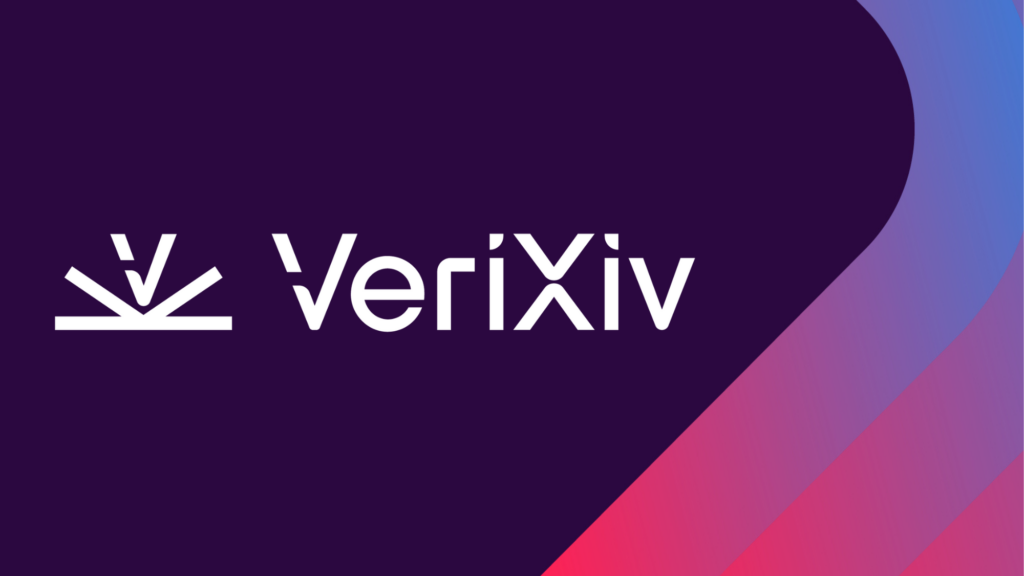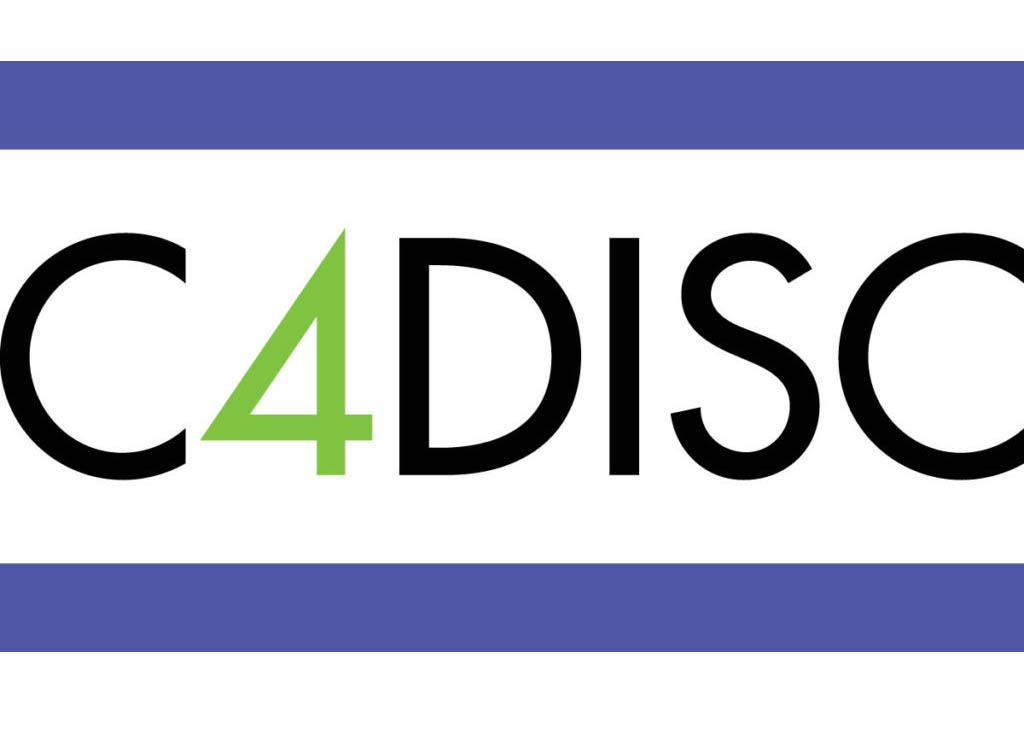The White House Office of Science and Technology Policy (OSTP) has received funding from Congress to continue its implementation of the Nelson Memo. This memo requires any federal agency that awards research grants to implement a policy requiring immediate public access to publications resulting from that research, as well as access to data and the use of persistent digital identifiers in article metadata.
During the lengthy Federal appropriations process, the House Appropriations Committee released a bill that specifically defunded any attempt to implement the memo. No individual or lobbying group ever came forward to take any credit for trying to kill the OSTP memo in the budget, nor was there much explanation of why it might have been included.
The final appropriation bill (technically the explanatory statement accompanying the bill) only included a requirement that OSTP produce a financial analysis of the impact of the memo, “including the policy’s anticipated impact on Federal research investments, research integrity, and the peer review process,” within 100 days of the bill passing. In other positive news, this was the only requirement. There is no trigger stopping development of policy depending on what the report says. This likely means that after the report, there would be a round of Congressional hearings before more action is taken. Being an election year, there may not be enough time for a truly adverse legislative action. Overall, this means plans will progress, and there should be some good reading on the state of scholarly publishing sometime in mid-June!



